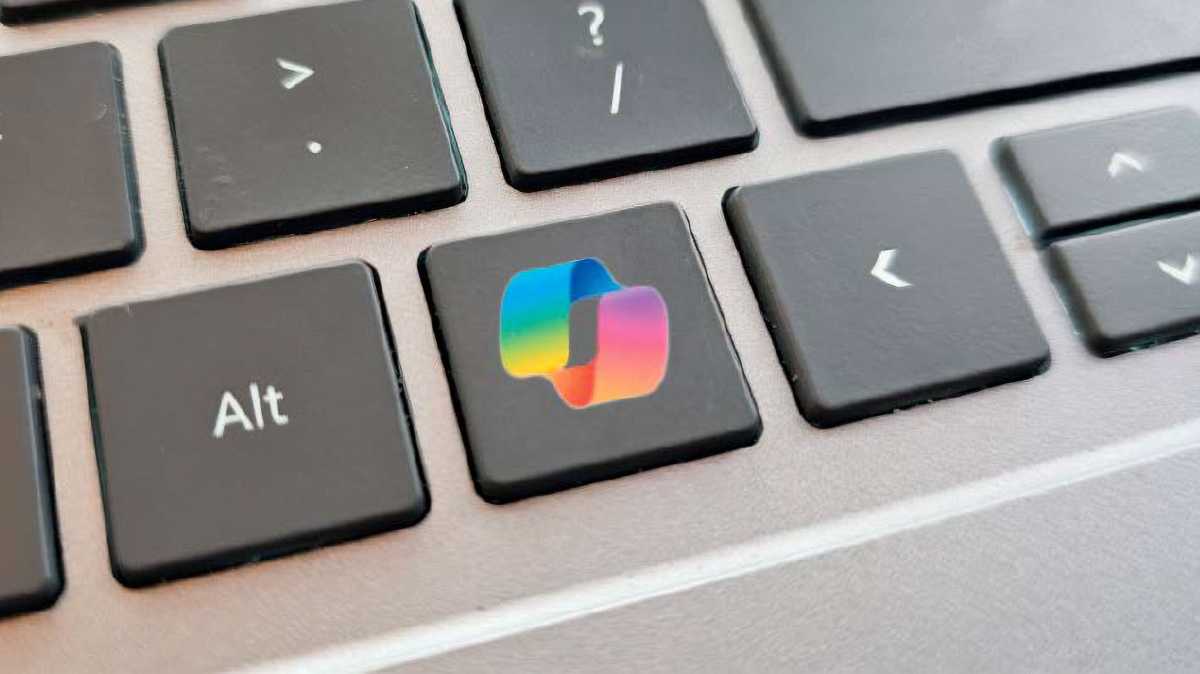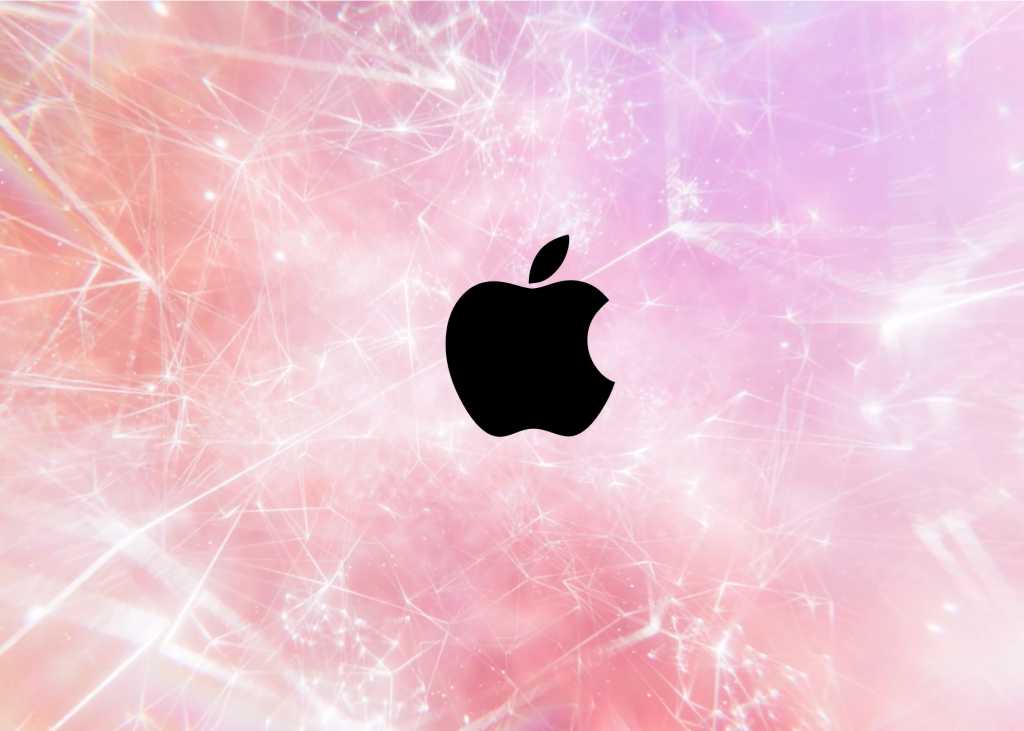
If you, like me, skim through the technology headlines most days, then you’ve probably been bombarded with what feels like every other headline featuring some permutation of artificial intelligence and how it’s going to change everything.
That includes Apple. Since announcing its Apple Intelligence pushback in June, the company hasn’t exactly been quiet about its AI goals. And it’s clear that the industry is likewise interested–every other question on Apple’s recent quarterly results call was about Apple Intelligence.
But it’s only now that we’re getting our first taste of how these capabilities will really integrate into Apple’s platform. Late last month, Apple rolled out the first developer beta incorporating Apple Intelligence features and even though they won’t arrive for all users until later this fall–and other Apple Intelligence features will continue to roll out over the course of the next year–we’re now getting a better sense of the philosophy that Apple is embracing. And, at present, it seems overwhelmingly…modest?
Out of sight, out of (artificial) mind
Included among Apple’s first batch of Apple Intelligence features are writing features that help you proofread and alter the tone of your writing, a system for triaging your notifications, and a more robust Siri.
One thing all these features have in common is that they stay out of your way unless you want them. Writing tools are hidden behind contextual menus, the Reduce Interruptions focus mode needs to be specifically activated, and Siri’s improved features are totally transparent–many of us would argue, how Siri should have worked for years. In almost every case, none of these features are pushed in front of your face without your consent. (The one exception to those being message summaries in Mail and Messages, though you can deactivate those in Settings.)
That subtlety might seem obvious, but looking at a lot of Apple’s competitors, it seems clear that they subscribe to a belief that they need to put these features front and center, from Google prefacing its search results with AI answers to Microsoft adding a Copilot key to keyboards.
Moreover, none of Apple’s features are specifically about generating information whole-cloth. You’re not going to tell Mail or Messages to compose a missive for you from scratch, but rather only help you enhance or refine what you’ve already written. And for those who don’t need or want those features, well, they stay tucked out of view.
Image problems
Of course, some of Apple’s most in-your-face AI-powered features are yet to come. Capabilities like custom-generated emoji (Genmoji) and image generation (Image Playground) are still earmarked for future updates and have yet to even make it to public-facing betas. And these image-related tools definitely have the potential to change the conversation around Apple Intelligence.

Microsoft Surface devices have a Copilot button on the keyboard to remind you the AI is available. That’s a different approach than Apple’s.

Microsoft Surface devices have a Copilot button on the keyboard to remind you the AI is available. That’s a different approach than Apple’s.
IDG

Microsoft Surface devices have a Copilot button on the keyboard to remind you the AI is available. That’s a different approach than Apple’s.
IDG
IDG
If there’s a misstep amongst the bunch, I’d point squarely at Image Playground. Despite what looks like attempts to keep it carefully controlled–limiting art styles, guiding users towards suggested prompts–it stills seems more like a gimmick than something useful.
Even more than that, it runs afoul of the biggest risks associated with AI: the fear that computers are both stealing from artists and replacing them. To me, that idea still feels wholly un-Apple-like, and frankly more risky than the company needs to take on. Generating emoji, by comparison, feels much more constrained: the exact emojis that exist are determined by Unicode standards, so obviously, not every emoji can be made. Plus the art style is even more strictly controlled, and it’s unlikely to take work away from the designers at Apple creating specific emoji in the future.
But Image Playgrounds opens the company up to so much risk of things going wrong, all for somewhat generic and instantly recognizable as AI artwork for people to put into their school reports or work presentations that I have to wonder if it’s really worth it. Coupled with Apple’s own suggestion that it’s especially a tool used for making pictures of other people–something that has both yikes and ick factors–and I wonder whether Apple has stepped back to consider whether this is really a net benefit for its users.
Tactical advantage
Apple’s position amongst its rivals is unique when it comes to AI. It’s not that the technology isn’t important to Apple and its continued relevance, but it’s not an existential bet-the-company threat in the way it is with, for example, Google. Apple can not only afford to be more judicious about how and where it deploys AI, but it also doesn’t have to be as aggressive about selling it to end-users.
As anybody who’s been watching the Olympics has seen, AI has already reached a level of advertising previously seen in the cryptocurrency ads of the 2022 Super Bowl. And these latest ads, from the likes of Google and Microsoft, have a distinctly “all in” vibe that opens them up to substantial risk–which Google already learned the hard way.
I do not doubt that we’ll see ads from Apple touting its new Apple Intelligence capabilities later this fall, especially when the latest iPhones arrive. But having already learned their own lesson in advertising how technology can “help” creative pursuits, the company seems well positioned to be ahead of the game in not overcommitting to what may turn out to be, if not a fad, then at least an overblown trend. Despite the temptation to the contrary, sometimes in dealing with a new and often volatile technology, there’s a strong argument that a modest and cautious approach is the right one.




